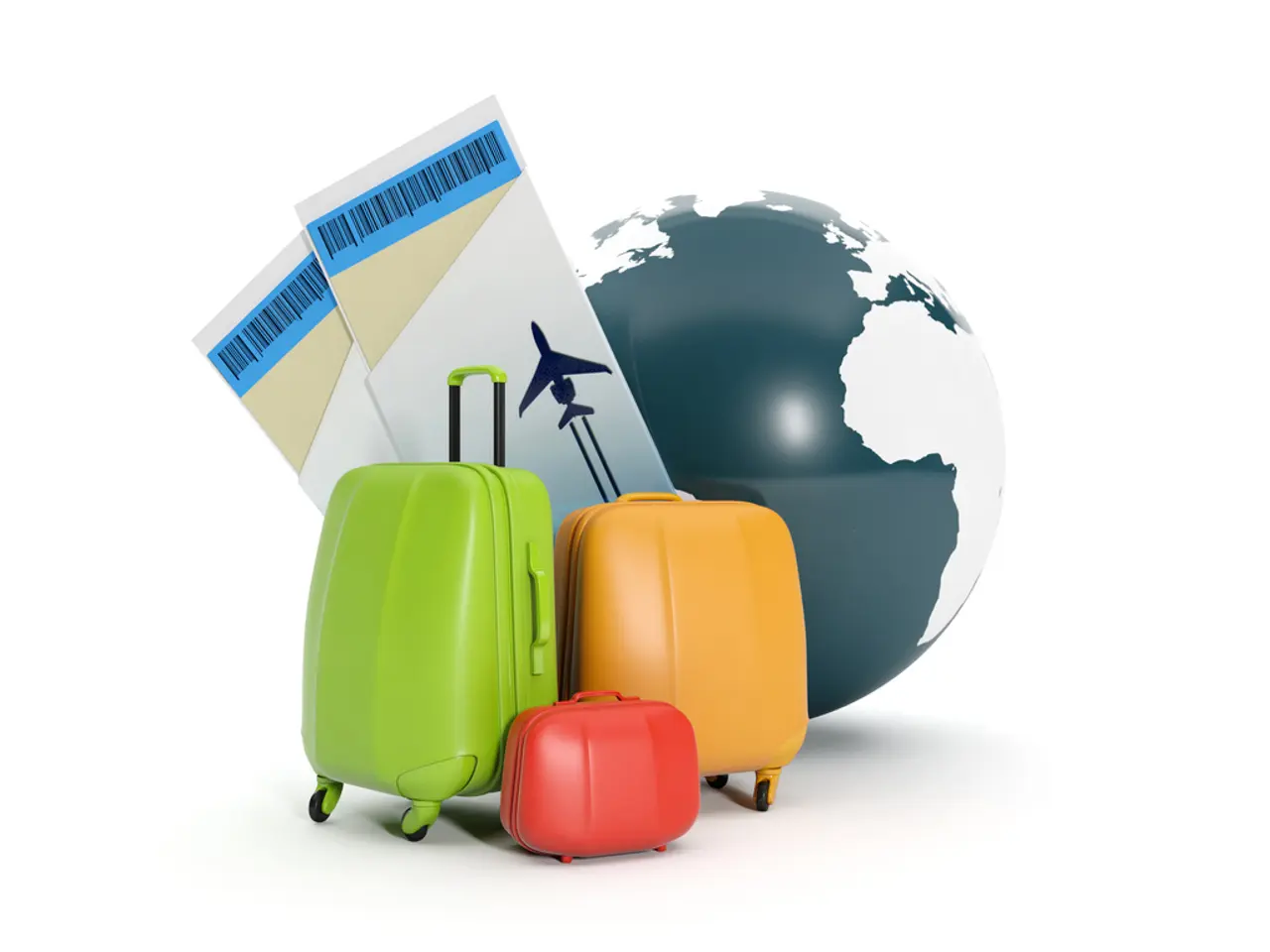Turkish Airline transported approximately 60.7 million travelers between January and August this year.
Turkish Airlines, the national flag carrier of Turkey, has announced impressive growth in its operations for the month of August 2025. The airline carried a total of 9.4 million passengers, marking a year-on-year increase of 11.9 percent.
The airline's available seat kilometers also saw a significant rise, reaching 25.3 billion in August 2025, an 8.2 percent increase compared to the same period in 2024. This growth resulted in a passenger load factor of 86.7 percent, an increase of 0.9 percentage points compared to August 2024.
International-to-international transfer passengers saw a substantial year-on-year increase of 17.3 percent, with 3.49 million passengers in August 2025. Interestingly, the domestic passenger load factor was higher than the international passenger load factor, with figures of 86.7 percent and 82.3 percent respectively.
The company's fleet count reached 501 aircraft at the end of August 2025, reflecting its ongoing expansion.
In addition to passenger growth, Turkish Airlines also reported an increase in cargo and mail volume. The total cargo and mail volume transported in August 2025 exceeded 191,100 tons, a year-on-year increase of 10.5 percent. The cargo and mail volume rose by 5.4 percent to 1.4 million tons in the same period of 2025 compared to the same period in 2024.
The airline transported approximately 46.95 million passengers in July 2025 at Istanbul Airport, and while specific passenger numbers for August 2025 are not directly available, July data suggests similar volumes around that time.
Turkish Airlines reported these statistics in a statement posted on Türkiye's Public Disclosure Platform (KAP). The company's available seat kilometers rose by 6.4 percent to 179.2 billion in the first eight months of the year, while the passenger load factor for the same period was 82.7 percent.
The strong performance of Turkish Airlines in August 2025 is a promising sign for the recovery of the global aviation industry following the challenges posed by the COVID-19 pandemic.






